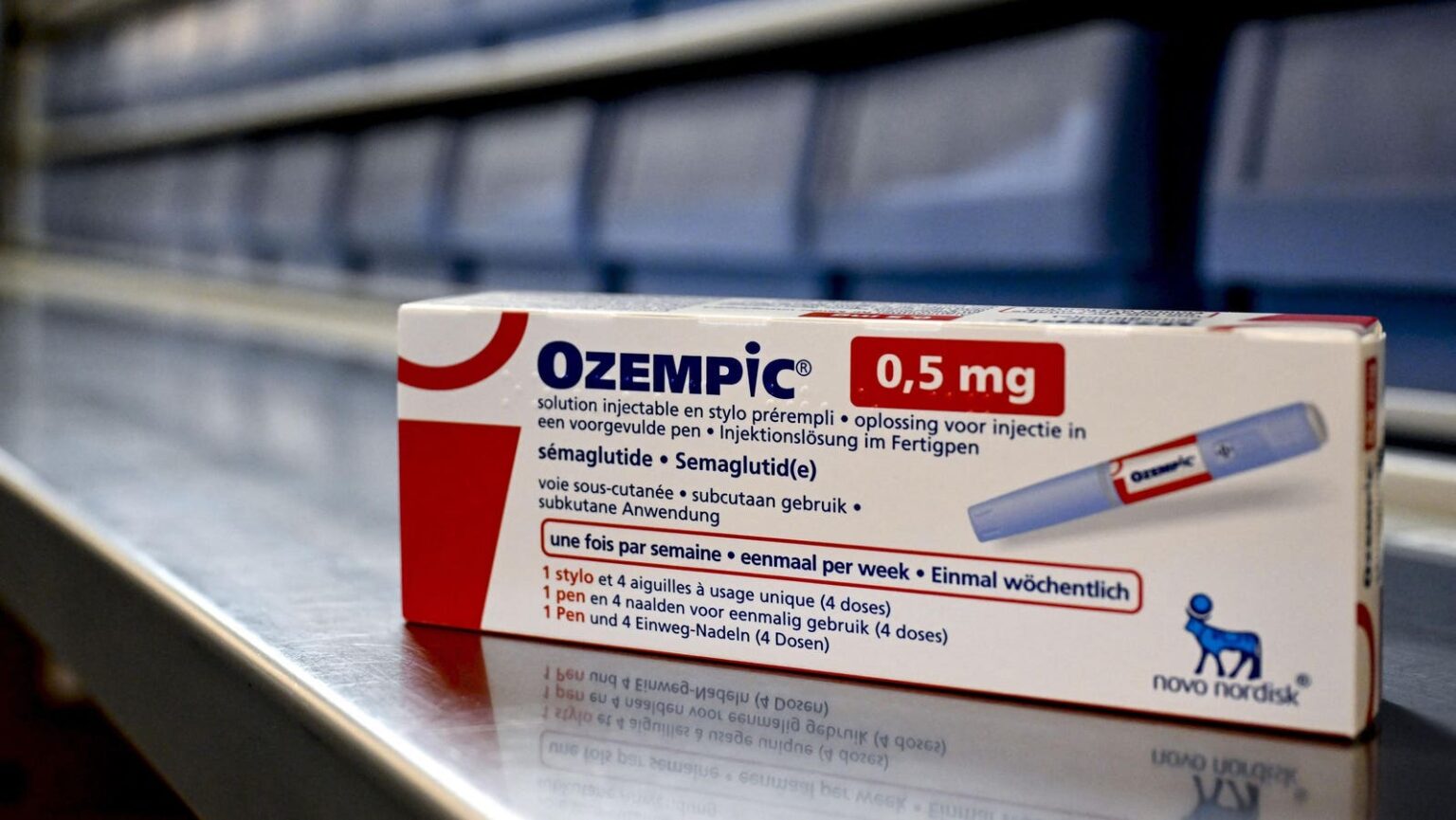Topline
Danish pharmaceutical giant Novo Nordisk reported the most robust quarterly profits and sales in its history Thursday, as Europe’s largest public company rides the surge in popularity of its weight loss and diabetes drugs to blockbuster results.
Key Facts
Novo Nordisk primarily produces diabetes medications, including the injectable GLP-1 semaglutide drugs Wegovy and Ozempic, which have become particularly popular in the U.S. recently for their efficacy in promoting weight loss.
Ozempic and Wegovy brought in $4.8 billion of sales during the third quarter, and the drugs account for 52% of Novo Nordisk’s $23.6 billion of total revenue through 2023’s first nine months, up from a 36% share during the same period last year.
Overall, Novo Nordisk reported $8.4 billion of total revenue and $3.2 billion of net income during the third quarter, topping respective analyst estimates of $8.2 billion and $3.1 billion, according to FactSet.
It’s easily the drugmaker’s strongest headline quarter ever, topping the prior $3.1 billion profit and $7.9 billion sales records set earlier this year.
Big Number
58%. That’s how much Ozempic sales are up on an annual basis so far in 2023, using constant currency rates.
Key Background
Novo Nordisk shares are up more than 75% over the last 12 months, far outpacing the European Stoxx 600 index’s less than 10% gains. The firm also produces insulin for diabetics, reporting a nearly 50% market share for the drug in 2023’s first half. Investor excitement from the Ozempic craze caused Novo Nordisk’s market capitalization to balloon from $230 billion last October to over $430 billion today. Remarkably, the firm’s market value is now larger than its home country of Denmark’s entire annual economic output. Wegovy is approved in the United States for weight management, while Ozempic is formally approved for type-two diabetes but is often prescribed off-label for weight loss.
Tangent
The weight loss drug craze has been a boon for Novo Nordisk and other GLP-1 producers’ stocks, but not for shares of firms at risk of losing profits as appetites subside. Bank of America analysts project American calorie consumption to dwindle as much as 3% by 2030 due to the rise of weight loss drugs, and packaged food and meat stocks are amid their worst losing streak since the turn of the millennium.
Read the full article here










